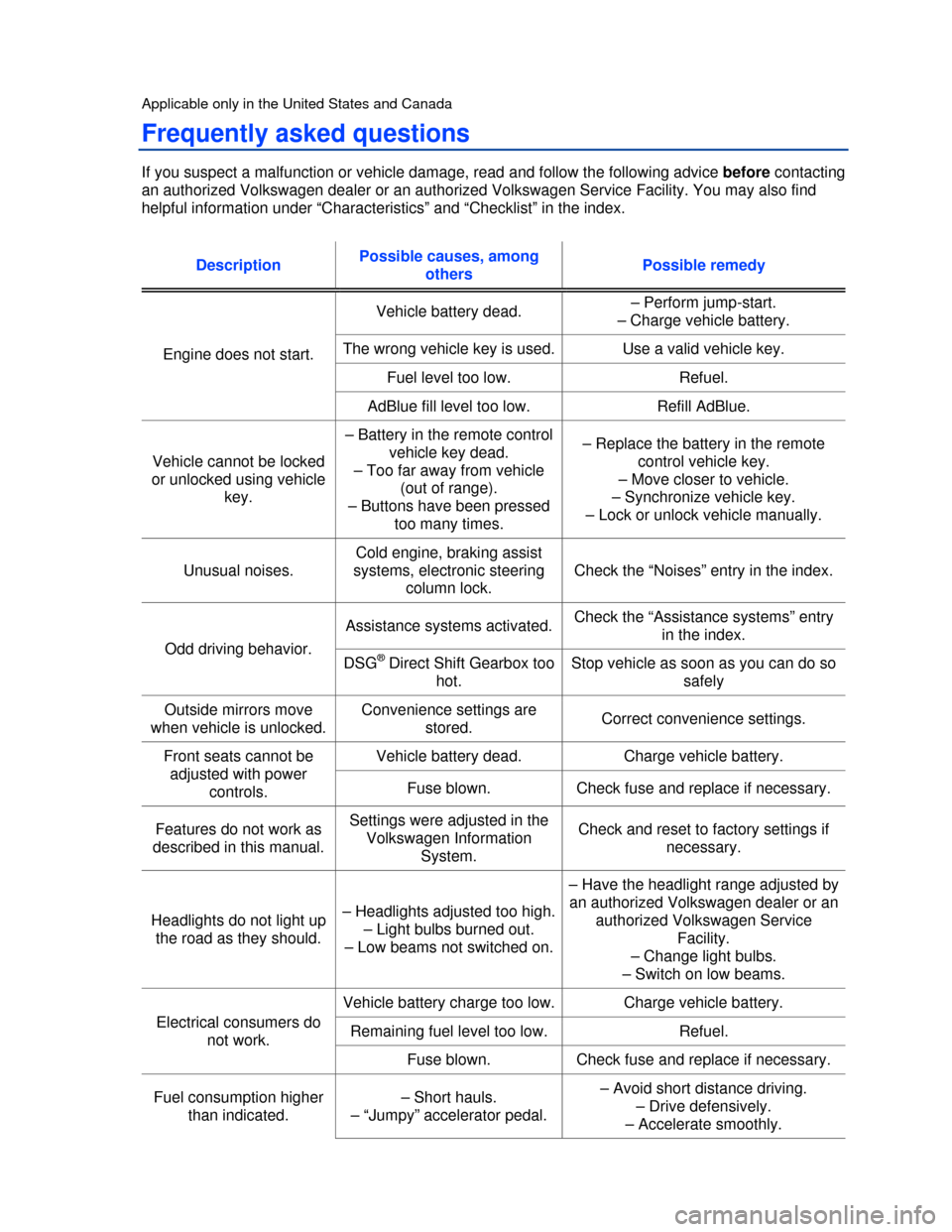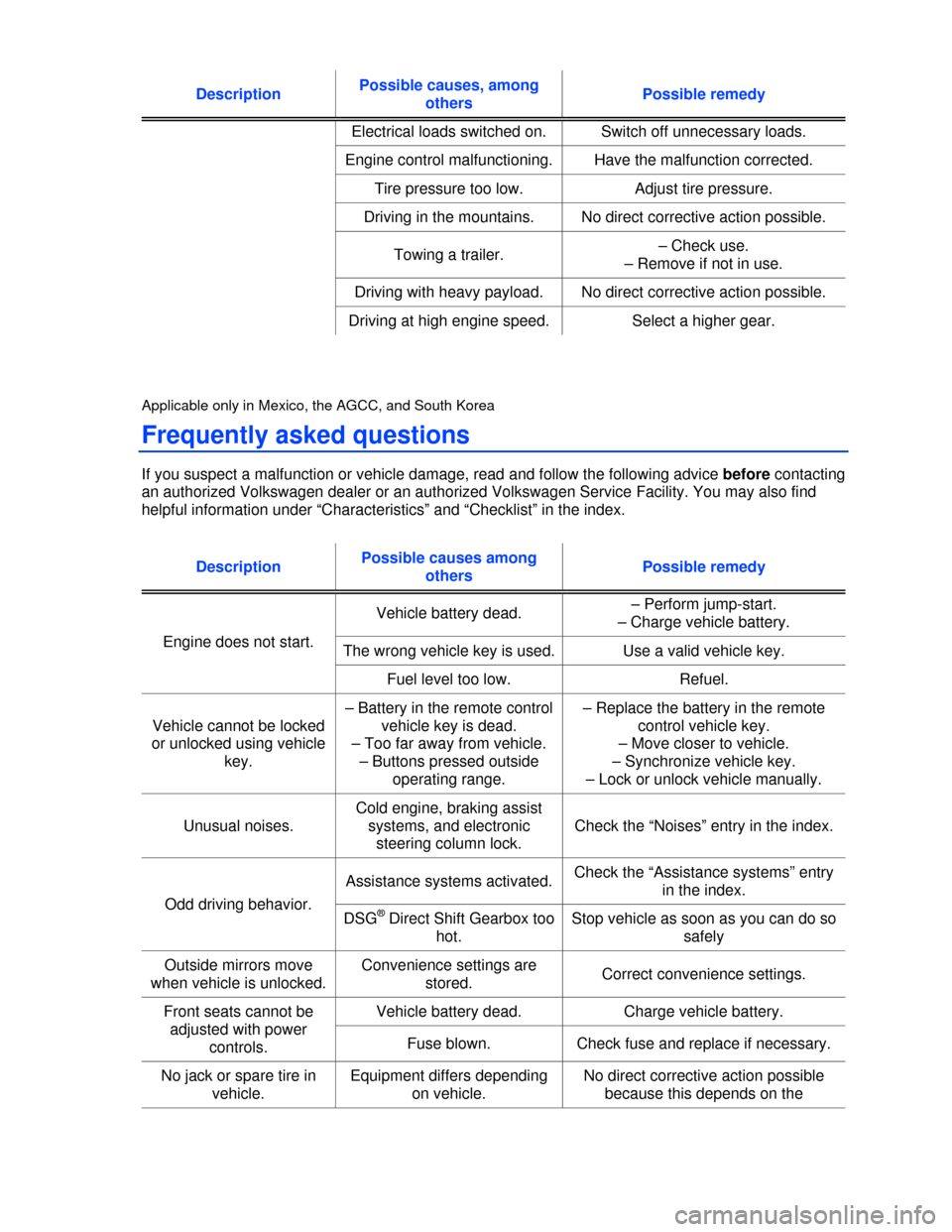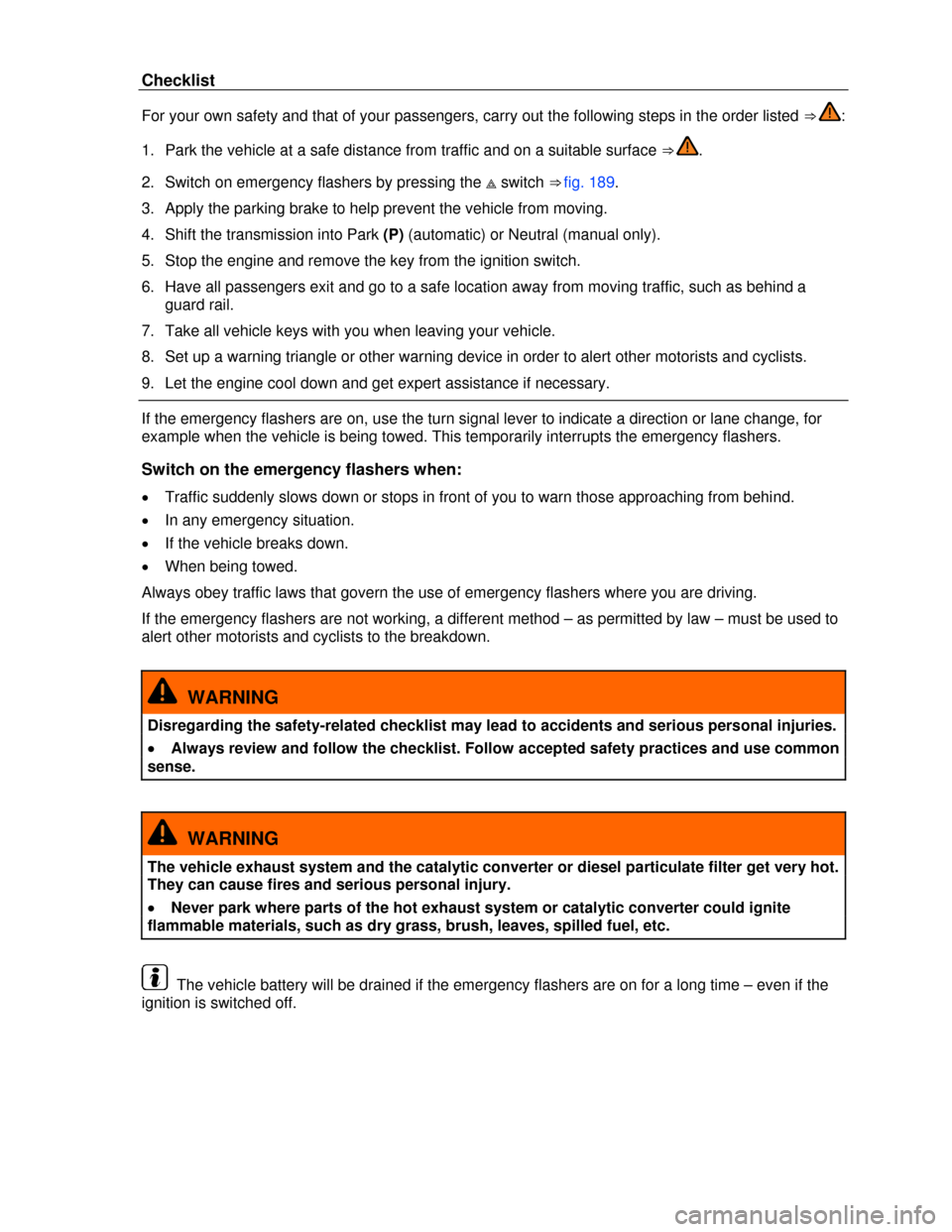Page 336 of 379

Applicable only in the United States and Canada
Declaration of Compliance, Telecommunications and
Electronic Systems
Radio Frequency Devices and Radiocommunication Equipment User Manual Notice.
Radio-based equipment
�x Mobile Phone Package
�x Electronic immobilizer.
�x HomeLink® Universal Transmitter.
�x Remote control vehicle key.
�x Keyless Access locking and starting system.
These devices comply with:
FCC Part 15.19
These devices comply with Part 15 of the FCC Rules. Operation is subject to the following 2
conditions:
(1) This device may not cause harmful interference, and
(2) this device must accept any interference received, including interference that may cause undesired
operation.
FCC Part 15.21
CAUTION:
Changes or modifications not expressly approved by the party responsible for compliance could void
the user's authority to operate the equipment.
These devices comply with RSS-210 of Industry Canada.
Operation is subject to the following 2 conditions:
(1) this device may not cause interference, and
(2) this device must accept any interference, including interference that may cause undesired
operation of the device.
The manufacturer is not responsible for any radio or TV interference caused by unauthorized
modifications to this equipment.
Page 337 of 379
Applicable only in Mexico, the AGCC, and South Korea
Declaration of Conformity
The respective manufacturer hereby states that the products listed below at the time of production of
the vehicle comply with the fundamental requirements and the remaining relevant provisions and laws,
amongst others with FCC Part 15.19, FCC Part 15.21 and RSS-Gen Issue 1:
Radio-based equipment
�x Garage door opener.
�x Electronic immobilizer.
�x Remote control vehicle key.
�x Keyless Access locking and starting system.
Electrical equipment
�x 12 Volt socket.
Page 343 of 379

Applicable only in the United States and Canada
Frequently asked questions
If you suspect a malfunction or vehicle damage, read and follow the following advice before contacting
an authorized Volkswagen dealer or an authorized Volkswagen Service Facility. You may also find
helpful information under “Characteristics” and “Checklist” in the index.
Description Possible causes, among
others Possible remedy
Engine does not start.
Vehicle battery dead. – Perform jump-start.
– Charge vehicle battery.
The wrong vehicle key is used. Use a valid vehicle key.
Fuel level too low. Refuel.
AdBlue fill level too low. Refill AdBlue.
Vehicle cannot be locked
or unlocked using vehicle
key.
– Battery in the remote control
vehicle key dead.
– Too far away from vehicle
(out of range).
– Buttons have been pressed
too many times.
– Replace the battery in the remote
control vehicle key.
– Move closer to vehicle.
– Synchronize vehicle key.
– Lock or unlock vehicle manually.
Unusual noises.
Cold engine, braking assist
systems, electronic steering
column lock.
Check the “Noises” entry in the index.
Odd driving behavior.
Assistance systems activated. Check the “Assistance systems” entry
in the index.
DSG® Direct Shift Gearbox too
hot.
Stop vehicle as soon as you can do so
safely
Outside mirrors move
when vehicle is unlocked.
Convenience settings are
stored. Correct convenience settings.
Front seats cannot be
adjusted with power
controls.
Vehicle battery dead. Charge vehicle battery.
Fuse blown. Check fuse and replace if necessary.
Features do not work as
described in this manual.
Settings were adjusted in the
Volkswagen Information
System.
Check and reset to factory settings if
necessary.
Headlights do not light up
the road as they should.
– Headlights adjusted too high.
– Light bulbs burned out.
– Low beams not switched on.
– Have the headlight range adjusted by
an authorized Volkswagen dealer or an
authorized Volkswagen Service
Facility.
– Change light bulbs.
– Switch on low beams.
Electrical consumers do
not work.
Vehicle battery charge too low. Charge vehicle battery.
Remaining fuel level too low. Refuel.
Fuse blown. Check fuse and replace if necessary.
Fuel consumption higher
than indicated.
– Short hauls.
– “Jumpy” accelerator pedal.
– Avoid short distance driving.
– Drive defensively.
– Accelerate smoothly.
Page 344 of 379

Description Possible causes, among
others Possible remedy
Electrical loads switched on. Switch off unnecessary loads.
Engine control malfunctioning. Have the malfunction corrected.
Tire pressure too low. Adjust tire pressure.
Driving in the mountains. No direct corrective action possible.
Towing a trailer. – Check use.
– Remove if not in use.
Driving with heavy payload. No direct corrective action possible.
Driving at high engine speed. Select a higher gear.
Applicable only in Mexico, the AGCC, and South Korea
Frequently asked questions
If you suspect a malfunction or vehicle damage, read and follow the following advice before contacting
an authorized Volkswagen dealer or an authorized Volkswagen Service Facility. You may also find
helpful information under “Characteristics” and “Checklist” in the index.
Description Possible causes among
others Possible remedy
Engine does not start.
Vehicle battery dead. – Perform jump-start.
– Charge vehicle battery.
The wrong vehicle key is used. Use a valid vehicle key.
Fuel level too low. Refuel.
Vehicle cannot be locked
or unlocked using vehicle
key.
– Battery in the remote control
vehicle key is dead.
– Too far away from vehicle.
– Buttons pressed outside
operating range.
– Replace the battery in the remote
control vehicle key.
– Move closer to vehicle.
– Synchronize vehicle key.
– Lock or unlock vehicle manually.
Unusual noises.
Cold engine, braking assist
systems, and electronic
steering column lock.
Check the “Noises” entry in the index.
Odd driving behavior.
Assistance systems activated. Check the “Assistance systems” entry
in the index.
DSG® Direct Shift Gearbox too
hot.
Stop vehicle as soon as you can do so
safely
Outside mirrors move
when vehicle is unlocked.
Convenience settings are
stored. Correct convenience settings.
Front seats cannot be
adjusted with power
controls.
Vehicle battery dead. Charge vehicle battery.
Fuse blown. Check fuse and replace if necessary.
No jack or spare tire in
vehicle.
Equipment differs depending
on vehicle.
No direct corrective action possible
because this depends on the
Page 347 of 379

Checklist
For your own safety and that of your passengers, carry out the following steps in the order listed ⇒ :
1. Park the vehicle at a safe distance from traffic and on a suitable surface ⇒ .
2. Switch on emergency flashers by pressing the �� switch ⇒ fig. 189.
3. Apply the parking brake to help prevent the vehicle from moving.
4. Shift the transmission into Park (P) (automatic) or Neutral (manual only).
5. Stop the engine and remove the key from the ignition switch.
6. Have all passengers exit and go to a safe location away from moving traffic, such as behind a
guard rail.
7. Take all vehicle keys with you when leaving your vehicle.
8. Set up a warning triangle or other warning device in order to alert other motorists and cyclists.
9. Let the engine cool down and get expert assistance if necessary.
If the emergency flashers are on, use the turn signal lever to indicate a direction or lane change, for
example when the vehicle is being towed. This temporarily interrupts the emergency flashers.
Switch on the emergency flashers when:
�x Traffic suddenly slows down or stops in front of you to warn those approaching from behind.
�x In any emergency situation.
�x If the vehicle breaks down.
�x When being towed.
Always obey traffic laws that govern the use of emergency flashers where you are driving.
If the emergency flashers are not working, a different method – as permitted by law – must be used to
alert other motorists and cyclists to the breakdown.
WARNING
Disregarding the safety-related checklist may lead to accidents and serious personal injuries.
�x Always review and follow the checklist. Follow accepted safety practices and use common
sense.
WARNING
The vehicle exhaust system and the catalytic converter or diesel particulate filter get very hot.
They can cause fires and serious personal injury.
�x Never park where parts of the hot exhaust system or catalytic converter could ignite
flammable materials, such as dry grass, brush, leaves, spilled fuel, etc.
The vehicle battery will be drained if the emergency flashers are on for a long time – even if the
ignition is switched off.
Page 354 of 379
Manually locking the passenger door and rear doors
Fig. 195 On the front side of the right rear door: Emergency lock, covered by a rubber seal.
Fig. 196 On the front side of the right rear door: Manual vehicle locking with the key bit in the vehicle key.
�